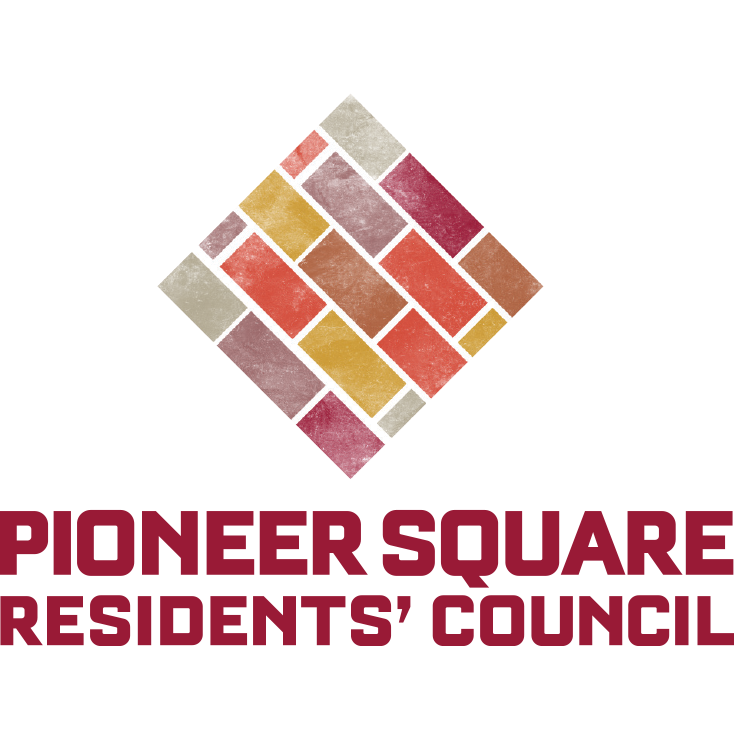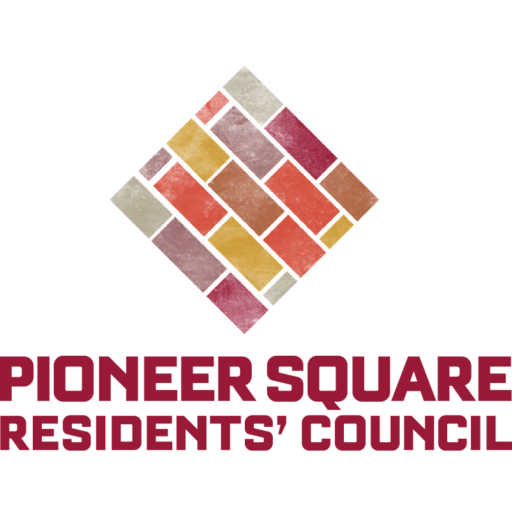27 May Trail to Treasure – draft Concept Plan
In July 2008, the Pioneer Square Community Association (PSCA), with support from the Klondike Gold Rush National Historical Park, initiated a project to produce a Conceptual Plan to set forth a community vision for a recreational and interpretative trail through Seattle’s historic Pioneer Square neighborhood.
The purpose of the proposed trail would be to tell the story of Seattle’s early history, the diversity of people who have shaped the area, the impact of the Klondike Gold Rush, and how these stories are relevant today. The ultimate goal of the project is to involve a broad range of stakeholder groups in producing the plan to achieve consensus and ‘ownership’ for a vision that is embraced by all stakeholders.
The Draft Conceptual Plan for the Trail to Treasure was released at a public meeting yesterday, where they accepted comments and feedback.
The meeting kicks off a month-long comment period for the Draft Plan, which will be posted from May 26th thru June 25th at www.trail2treasure.org. The Final Conceptual Plan will be completed in August 2010.
Please visit this link to download the Draft Plan. Any comments on the plan can be emailed to liz@pioneersquare.org.
The following image is conceptual only and doesn’t reflect final choices for themes/people/trail routes.
What it is supposed to convey is:
- Multiple entry/exit points
- Multiple choices by theme
- “Web” trail system (not linear)
The following are highlights of the plan:
- The trail is not linear; rather it is a network of trails organized thematically around the Pioneer Square neighborhood with three entry points. The Trail to Treasure links other neighborhoods and communities to the area.
- The trail tells important ‘People’ Stories along the trail: personal stories about real people; includes diverse perspectives and lesser-known individuals from different ethnic and/or cultural backgrounds. The Trail would consist of a network of thematic trails to tell the people stories at specific locations marked along the Trail (15-20 stories).
- Interpret the historic shoreline to help both visitors and locals understand what the landscape once was and how Seattle was dramatically and aggressively reengineered. Trace the shoreline in the roads, sidewalks, or sides of buildings with a durable material, such as stone or metal, not necessarily contiguous. Show both the horizontal and vertical changes.
- Recommend restoration of the Washington Street Boat Landing and adjacent shoreline in conjunction with removal and repair of the seawall. Aside from the Olympic Sculpture Park north of downtown, this is the only downtown portion of the Seattle shoreline where people will have the opportunity to be close to the water and experience the rising and falling of the tides, connecting residents and visitors to our rich maritime past.
- Develop three entry points or nodes that roughly triangulate Pioneer Square, symbolic of how people have arrived and departed from the area over time. WEST: Waterfront (near Washington Street Boat Landing), symbolic of maritime arrivals and departures. SOUTH: connection with Chinatown/ID, symbolic of arrivals and departures by train near King Street Station. EAST: near/around Yesler Way, potentially at the Smith Tower, symbolic of more modern times and the transport of natural resources.
- Develop ways to enhance the tourist experience by partnering with local businesses to develop display information in storefronts, train employees, and provide information in stores regarding the specific history of their building and surrounding area. Hospitality training would be provided to store employees to assure quality and consistency in the provision of visitor information to the Pioneer Square neighborhood and, in particular, how to experience the Trail.
- Incorporate both low and high tech methods for experiencing and interpreting the Trail. Examples: walking map, audio tour, geocaching, cell phone tour, historic characters, marked line designating historic shoreline, kiosks, etc.
- Emphasize the Trail to Treasure as a healthy recreational opportunity for all ages.
- Incorporate aspects for youth programming and involvement throughout the Trail by working with local schools and the Klondike Gold Rush NHP.
- The Trail to Treasure should be expandable over time, implemented in phases. Other entities and interested groups would be able to build upon and supplement the trail user’s experience.




Sorry, the comment form is closed at this time.